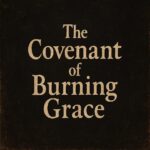The M’buru — “The Rot Prophet”
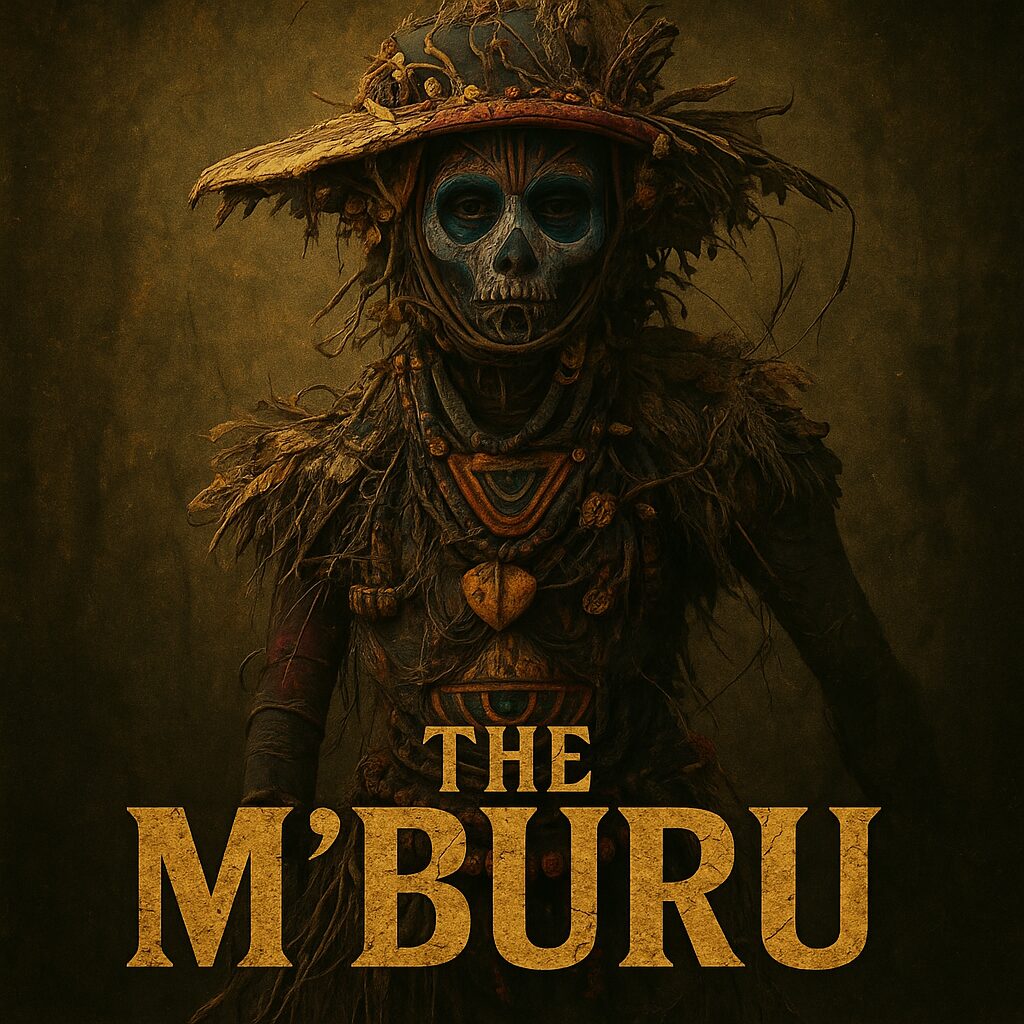
The M’buru towers over the fog like a totem carved from rot and sorrow. His body is a tapestry of bark, bone, and withered vines, his skin painted with ritual sigils that pulse faintly like dying embers. Hollow eyes peer through a skull-painted mask, and his voice, when heard, sounds like the rustle of dead leaves. He moves with an eerie grace, as though guided by unseen spirits, each step leaving faint imprints of decay behind him.
The air grows heavy where he walks, filled with the stench of damp soil and fungus. His presence whispers of the wild reclaiming the civilized, nature’s revenge upon those who desecrated it.
In a forgotten corner of the Congo Basin, there lived a man once called Kalume M’buru, a revered witch doctor who communed with ancestral spirits. For generations, his tribe had protected the forest, honoring the balance between life and decay. When foreign logging companies invaded, razing trees and poisoning rivers, Kalume called upon the spirits for guidance.
The ancestors spoke through the wind: “Restore the balance.”
And so he did—through blood.
Kalume’s rituals grew darker with each passing night. He offered the souls of the loggers to the forest gods, binding their corpses to trees as living effigies. But the more he sacrificed, the less human he became. His body sprouted vines; his skin turned to bark. When the forest finally burned, set ablaze by desperate men, Kalume stood amidst the ashes, laughing as his body withered, claiming that he had become the forest itself.
The Entity found him there, among the smoke and the rot, whispering of a greater garden that needed tending. He entered willingly.
Power: “Ritual of Spores”
The M’buru can corrupt sections of the environment with Spores of Rot, transforming them into haunted, decaying zones that slow and disorient Survivors.
Power Mechanics:
- Active Ability:Spore Bloom — The M’buru can plant a Spore Totem at a chosen location. Within a 12-meter radius, the area becomes corrupted:
- Survivors’ aura-reading abilities are blocked.
- Survivors cough audibly every 10 seconds, revealing their position if within 8 meters.
- Running or vaulting spreads contamination, leaving spore trails visible only to The M’buru.
- Secondary Ability: Spirit Manifestation — When near a corrupted zone, The M’buru can teleport between Spore Totems, emerging in a burst of decay.
Special Interaction:
- Destroying a Spore Totem triggers a delayed explosion of spores, briefly blinding and causing the Hindered status effect for 4 seconds.
Nyah Okoro – “The Anthropologist”
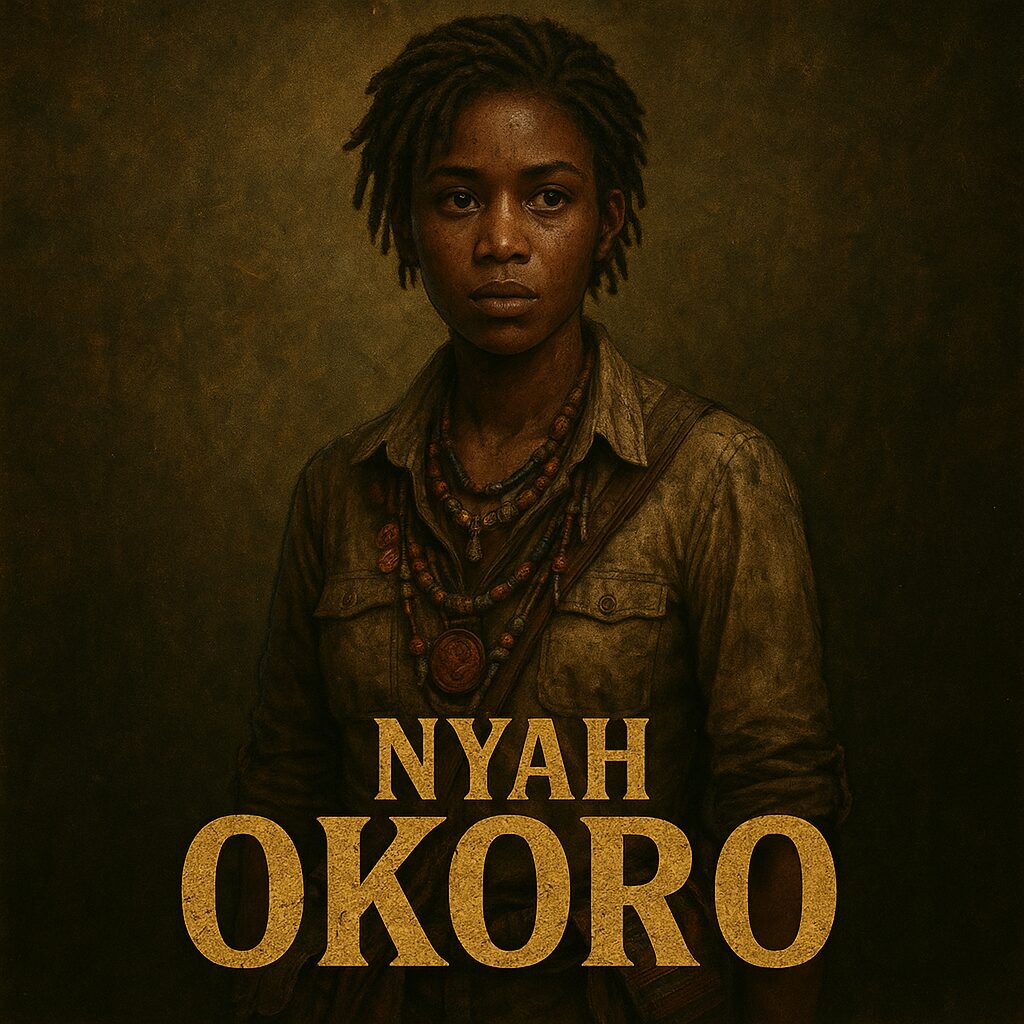
Description:
A Nigerian-born field researcher, Nyah’s quick eyes and careful manner reveal years of surviving dangerous expeditions. Her clothes are torn from travel, a satchel of charms and old field notes clinging to her side.
Backstory:
Nyah had spent her career documenting vanishing rituals across Africa. When she heard whispers of a “living forest” deep within Congo, a place where the dead walked among vines, she set out to find it. She discovered Kalume’s village, or what remained of it: a necrotic landscape, corpses blooming with fungus, and totems still whispering prayers.
She tried to flee, but the forest wouldn’t let her. The air turned to mist, and the trees moved as if alive. She woke in The Entity’s realm, her notebook clutched in her trembling hands.
Unique Perks:
- Field Expertise – You can identify the type of totem within 8 meters without cleansing it. Blessing a totem increases your movement speed by 3% for 15 seconds.
- Cultural Insight – When another Survivor is hooked, your aura is hidden for 10 seconds and you see the Killer’s aura for 3 seconds.
- Adaptive Ritual – Performing a successful skill check during healing grants both players the Endurance status effect for 2 seconds.
Elias Ward – “The Exorcist”
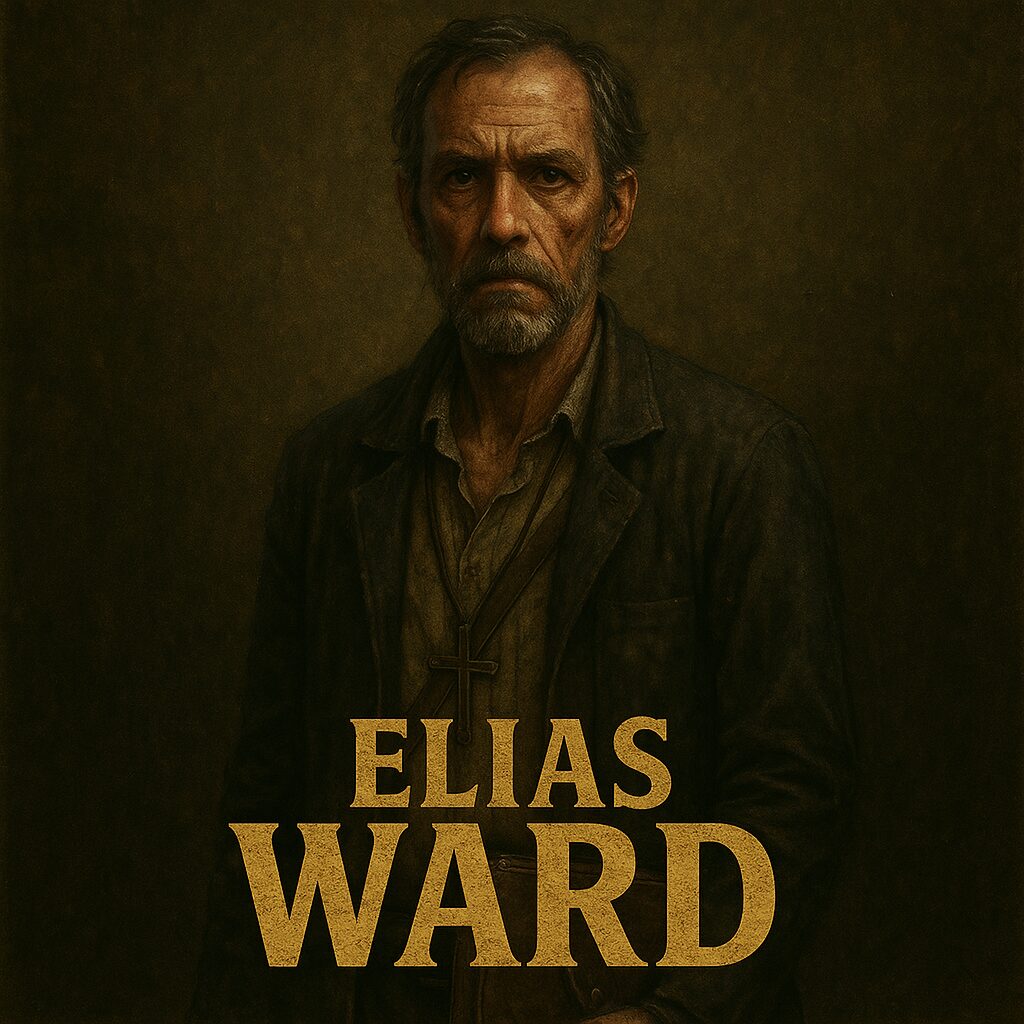
Description:
A gaunt man in his forties with a weathered Bible strapped to his belt and eyes that have seen too many horrors. His hands bear scars from exorcisms gone wrong, and a faint smell of incense follows him.
Backstory:
Elias once served as a missionary and spiritual healer in forgotten villages. When he crossed paths with Kalume’s cursed jungle, he believed it to be a test of faith. He prayed, but his prayers were swallowed by the screams of the trees. He tried to cast out the rot—and failed.
Days later, when he was found muttering prayers in a burned field, his body covered in sigils not his own, the Entity reached through his delirium and claimed him for the Trials.
Unique Perks:
- Consecration – Start each trial with 1 Purification Token. Consume it to instantly bless or cleanse a totem, but doing so reveals your aura for 4 seconds.
- Faith Unbroken – While you are carrying an item, your action speed is increased by 30%, and the item loses 15% less charge, lasts for 30 seconds.
- Last Sermon – When you are downed, all Survivors within 12 meters gain the Haste status for 4 seconds.
Temple of the Rot Map
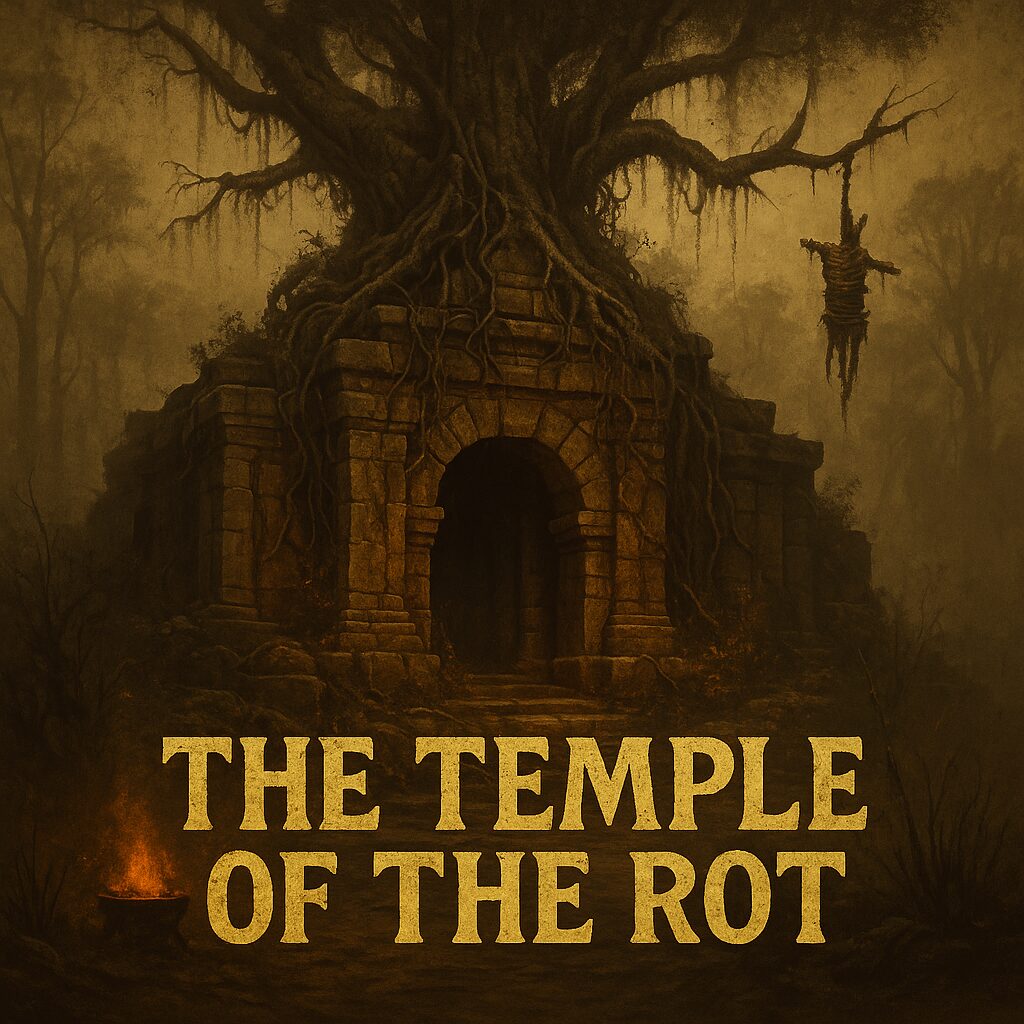
Hidden deep within a jungle devoured by decay, The Temple of the Rot stands as a haunting relic of faith and vengeance. Once a sacred site to the M’buru’s ancestors, the temple has long since become a tomb, not just for the dead, but for the very spirit of the land itself.
This map fuses nature’s beauty with corruption’s grotesque embrace. Massive banyan trees claw through crumbling temple walls, roots twisting around stone altars. The air is thick with mist and spores, glowing faintly under patches of moonlight filtering through the broken ceiling. Effigies hang from branches like silent witnesses, carved from bone, vine, and ash.
The jungle and ruin have become one, and everything that breathes within does so only by the Entity’s will.
Map Layout and Zones
🪶 1. The Forgotten Path
A narrow, overgrown trail winding through toppled statues and skeletal remains of travelers who never made it to the temple. The ground is littered with broken offerings — beads, bones, and rusted machetes.
- Environmental Feature: Tall grass conceals movement but emits faint whispers when disturbed.
- Gameplay Mechanic: The area slightly muffles footsteps for both Killer and Survivors, creating unpredictable chases.
🔥 2. The Ember Court
A circular courtyard built around an ancient bonfire pit, now overtaken by roots and fungus. Ritual markings line the stones, pulsing faintly as if alive.
- Hook Theme: Each hook here is wrapped in vines and human hair, pulsing softly when a Survivor is hung.
- Unique Element: A central brazier that occasionally flares up, briefly illuminating the area and revealing auras within a short radius.
🌒 3. The Temple Interior
The heart of the map — a multi-level ruin half-buried by soil and rot. Candles flicker along cracked altars. Water drips from vines overhead, feeding glowing fungus patches.
- Interactive Element: Survivors can knock down hanging totems or bone chimes to create sound distractions.
- Hazard: Some areas are partially flooded, slowing movement and amplifying footsteps.
🍂 4. The Shattered Garden
Once a sacred healing space, now a corrupted field of fungal growths and blood-soaked soil. Twisted vines form cages, and flowers bloom from skeletons.
- Visual Cue: Rot and beauty clash, bright orange and deep red flora amidst black soil.
- Gameplay Mechanic: Standing too long in the garden triggers hallucinations, faint visions of running Survivors that vanish on approach.
🕯️ 5. The Witch Doctor’s Hu
A smaller structure on the temple’s outskirts. Inside, a crude altar displays skulls painted with eyes, jars of preserved organs, and charms of teeth and feathers. The M’buru’s presence is strongest here, whispers echo even when no one is inside.
- Unique Feature: Occasionally, the Killer’s aura flashes faintly in mirrors or water surfaces, taunting Survivors.
- Visual Detail: Smoke seeps through cracks in the walls, forming faces that vanish when approached.
Environmental Storytelling & Lore
“The jungle remembers. The dead remember. The Entity only gives them voice.” — Nyah Okoro’s field note #4
Long before the Entity’s reach spread, The Temple of the Rot was known as Ndoki’s Grove, a sanctuary built to honor spirits of the earth and ancestors who kept the balance between man and nature. Kalume M’buru served as its guardian, a priest, healer, and voice for the forest gods.
But when outsiders desecrated the land, greedily cutting into sacred trees, M’buru’s faith shattered. His rituals grew desperate. He began calling upon darker spirits, those bound in decay and rebirth. One by one, the villagers disappeared, their souls fed to the soil.
When Nyah Okoro stumbled upon the temple decades later, she found it eerily preserved, bones polished, offerings fresh, as though time itself bent to keep the site alive.
As the Entity consumed the Grove, it twisted it into a stage for eternal ritual. The air hums with ancestral chants, the trees drip with sorrow, and M’buru’s presence lingers in every shadow.
To enter the Temple of the Rot is to breathe the last exhale of the forest itself.
Ambient Audio and Aesthetic
- Soundscape: Low chanting, insects droning, soft distant thunder, and cracking vines that sound like bone snapping.
- Lighting: A deep amber hue flickers from torches and fungus. The fog glows faintly teal, giving an otherworldly tone.
- Visual Tone: Earthy golds, deep browns, and ghostly greens dominate the palette. Light filters through fog like moonbeams through rotted leaves.
🌿 Why I Created It
“Rites of Decay” came from a fascination with the intersection of nature, spirituality, and horror, how beauty and decay coexist, and how belief can both save and destroy. When I designed The M’buru, I didn’t want just another killer with a weapon; I wanted a being born from the earth itself, something ancient, spiritual, and tragic.
This project wasn’t about creating a monster, it was about crafting a myth. The M’buru isn’t evil by nature; he’s a manifestation of balance gone wrong, a protector turned punisher. That tension, between reverence and ruin, became the heart of the entire DLC concept. From that seed grew The Temple of the Rot, a decayed sanctuary where the jungle itself breathes and the dead whisper in the roots.
I wanted to explore how the Entity’s realm could absorb something so primal, a forgotten faith that refused to die, and how the survivors who stumble into it must face not only The M’buru, but the wrath of the land itself.
🔥 The Inspiration Behind It
The inspiration came from West and Central African spiritual traditions, particularly ancestral veneration and the belief that nature and the dead share one soul. I’ve always been intrigued by the idea that the earth remembers, that every drop of blood, every buried bone, every prayer whispered into the wind leaves an imprint.
Games like Dead by Daylight thrive on emotional storytelling through environment, the way fog, architecture, and sound tell a story without a single line of dialogue. So I wanted Rites of Decay to feel alive: vines creeping, spirits chanting, roots feeding on memory.
Cinematically, I drew from films like The Ritual, Annihilation, and The Serpent and the Rainbow, works that treat nature not as a backdrop, but as an entity with its own hunger.
The Temple of the Rot became a symbol for lost faith, for what happens when the sacred is corrupted and the land itself demands penance.
💀 Why It Matters
I think Rites of Decay matters, not just as a fan concept, but as an example of what horror can do when it’s layered with meaning. Horror isn’t always about fear; it’s about reflection. It’s about the things we repress, guilt, greed, desecration, rising to the surface.
This DLC explores the cost of forgetting where we come from, and the horror of realizing that nature has always been watching. In an age where everything feels disposable, The M’buru stands as a reminder: what we destroy remembers us.
And on a creative level, it’s a love letter to storytelling through worldbuilding, crafting a place that breathes, where every corner feels like a piece of someone’s sorrow and every sound feels like a prayer turned curse.
🌘 Closing Thoughts
Creating Rites of Decay and The Temple of the Rot wasn’t just about designing a killer or a map, it was about building a myth that could belong in Dead by Daylight’s fog. It’s the kind of concept that blurs lines between folklore and nightmare, spirituality and survival.
And maybe, somewhere deep down, that’s what horror really is, the moment when faith and fear finally look each other in the eye.

